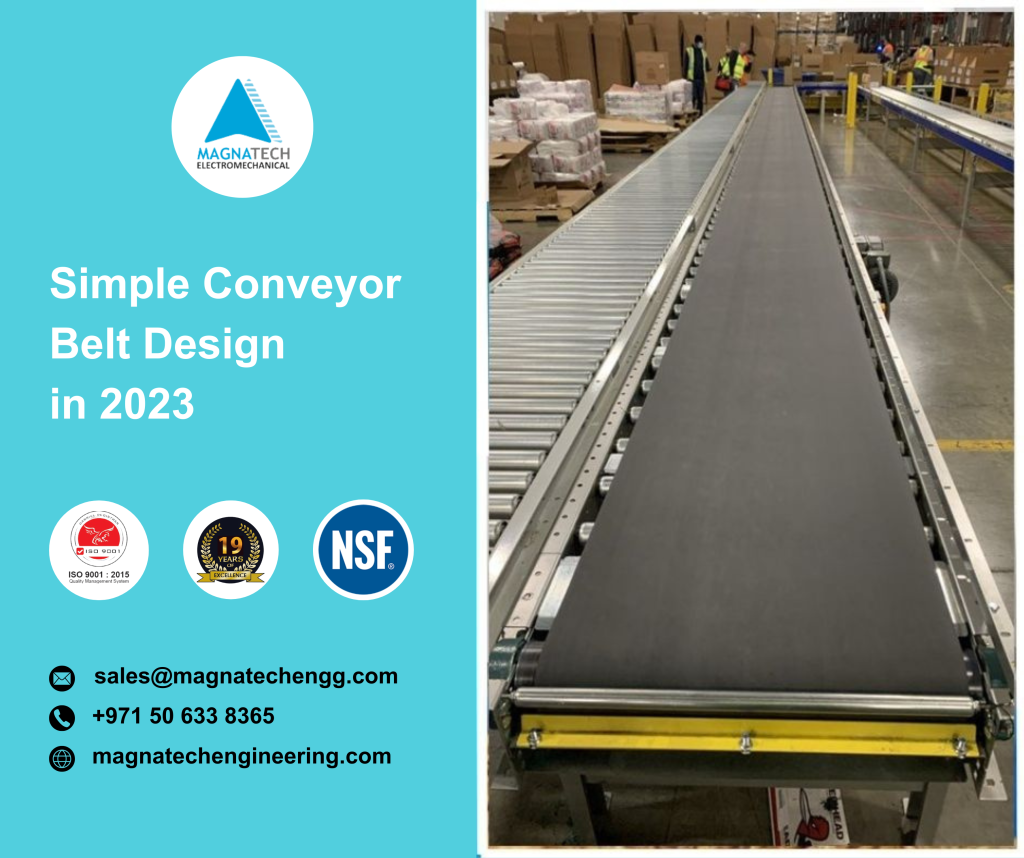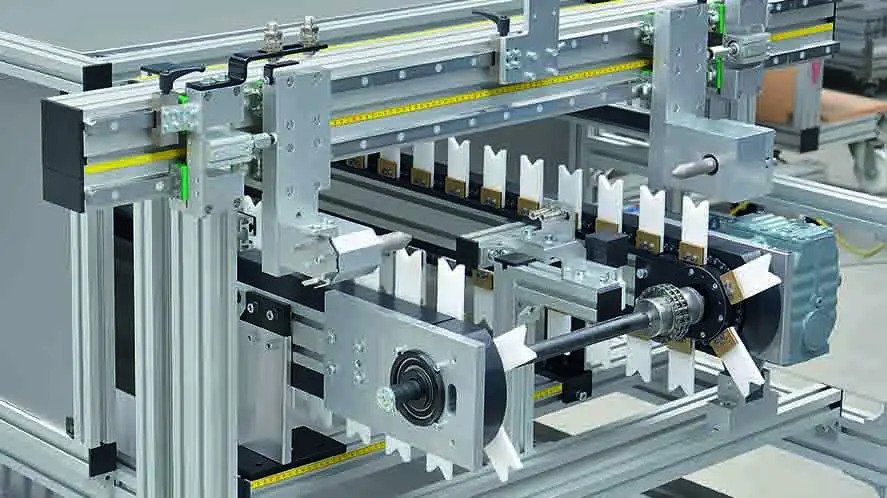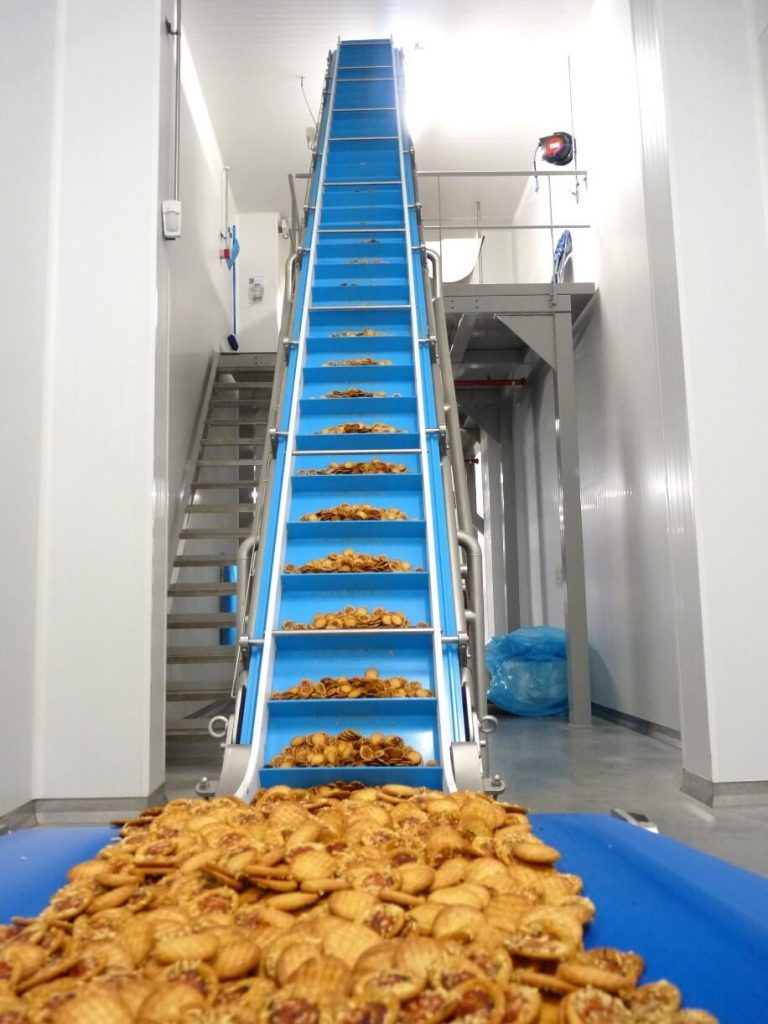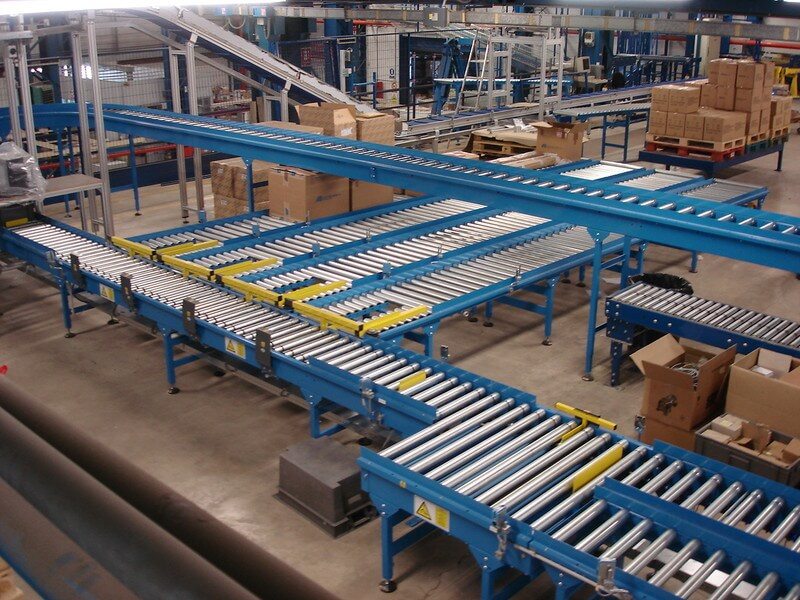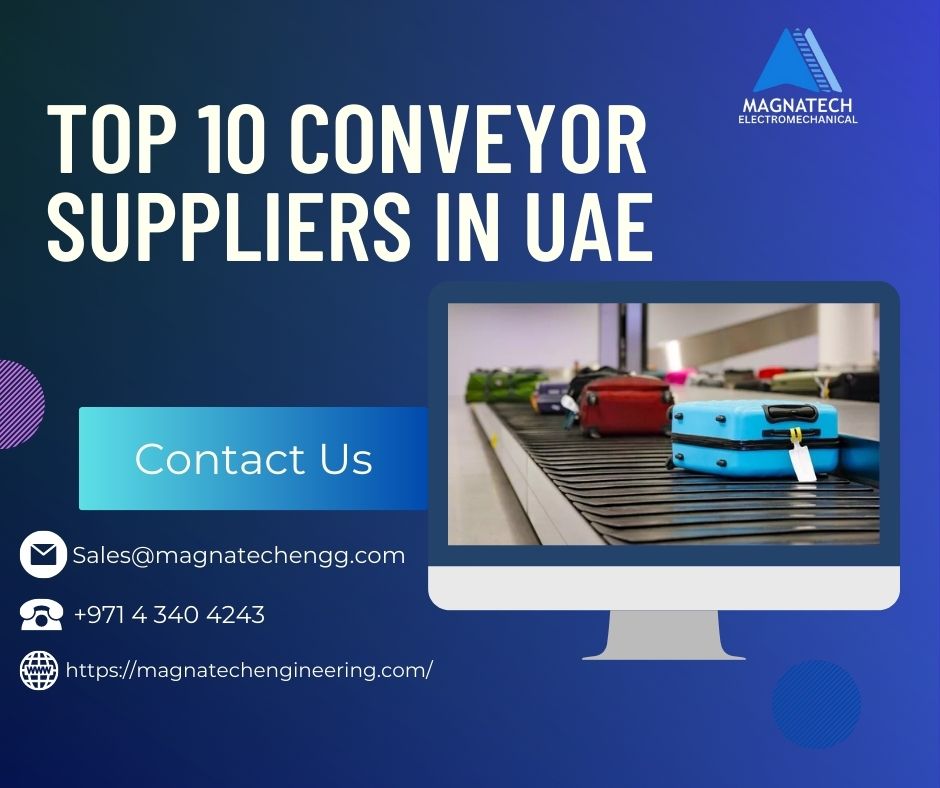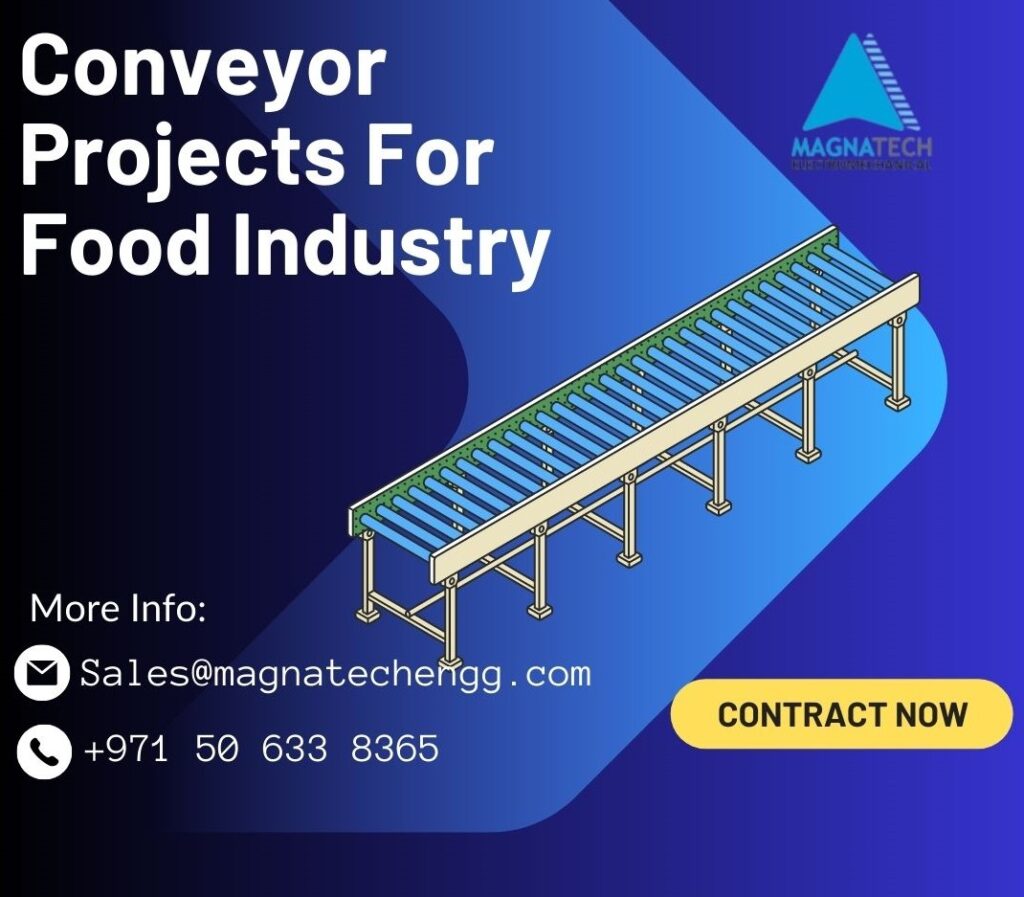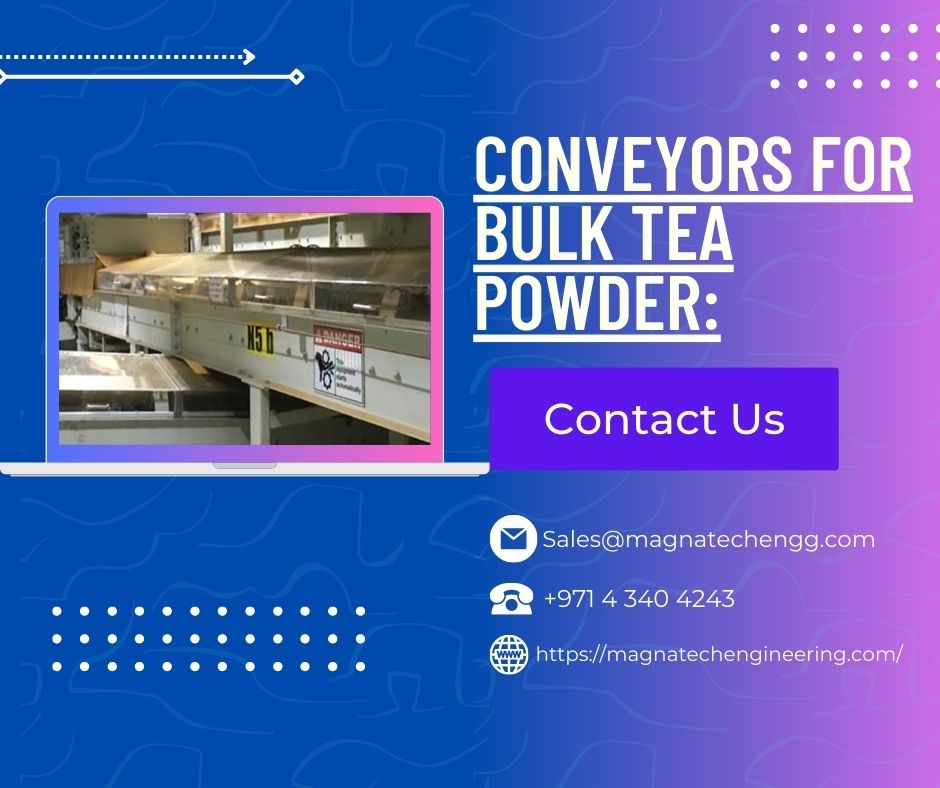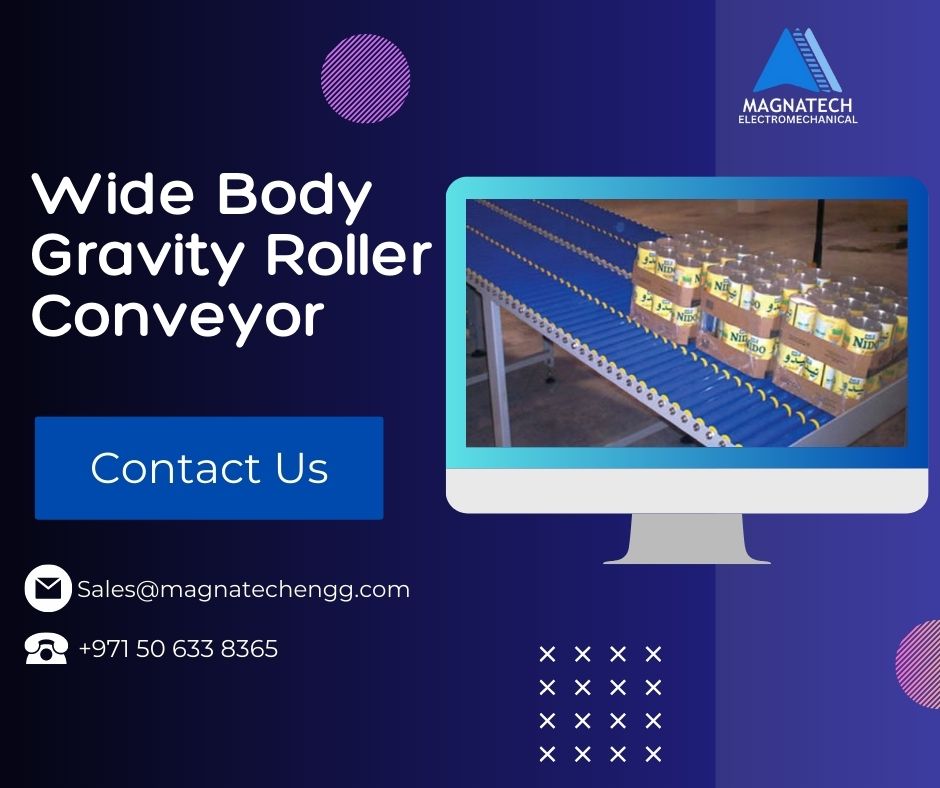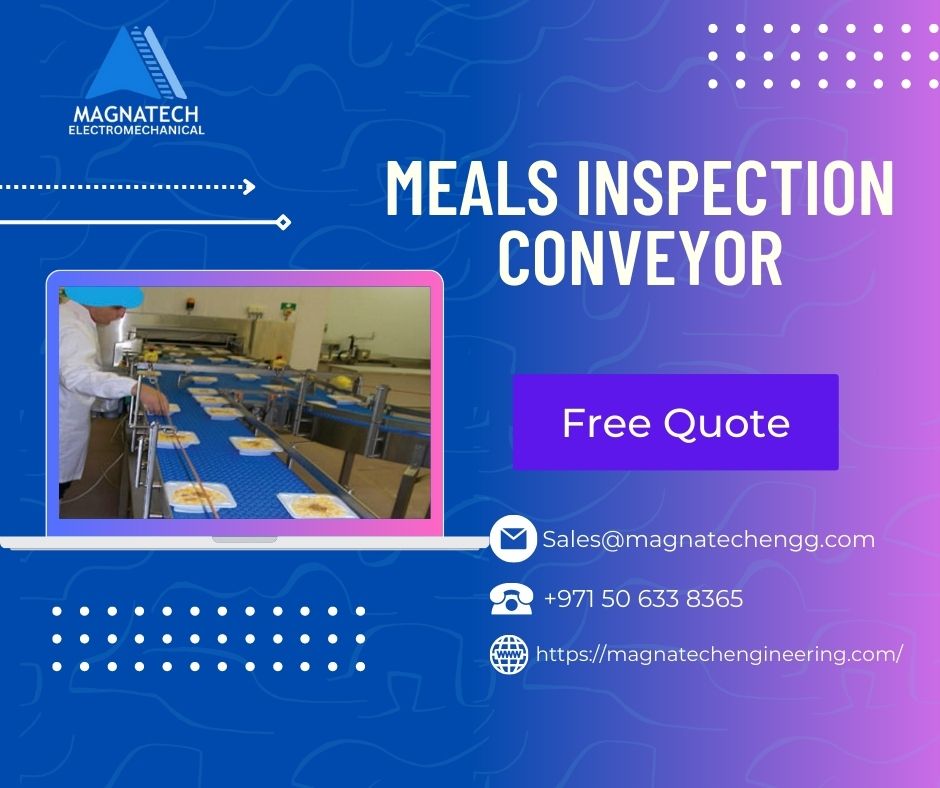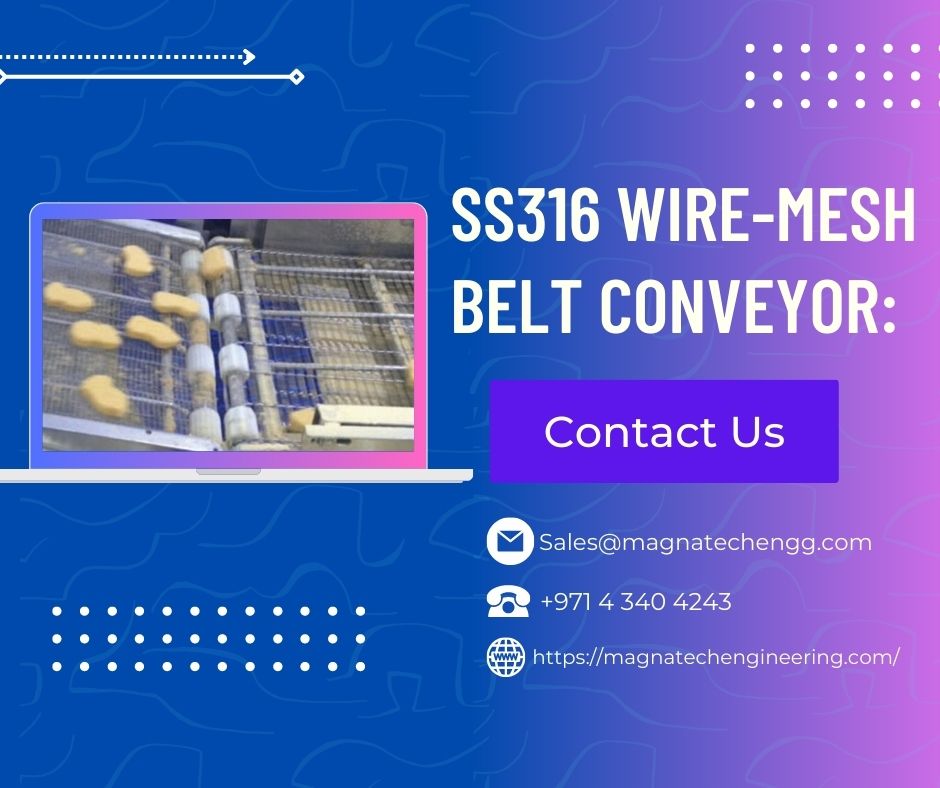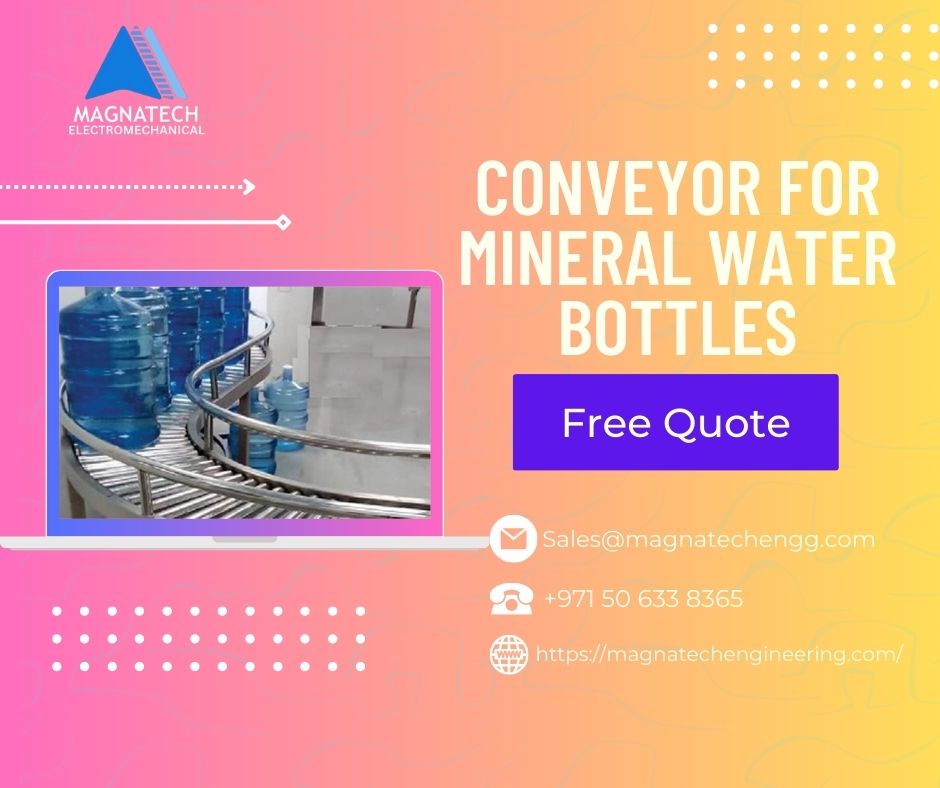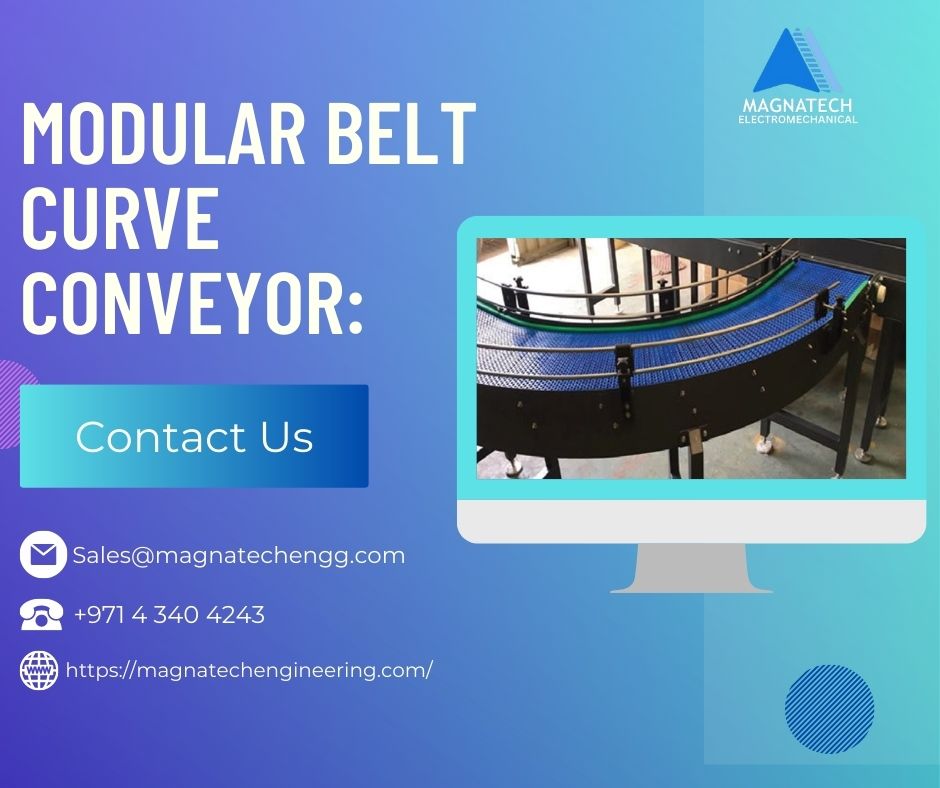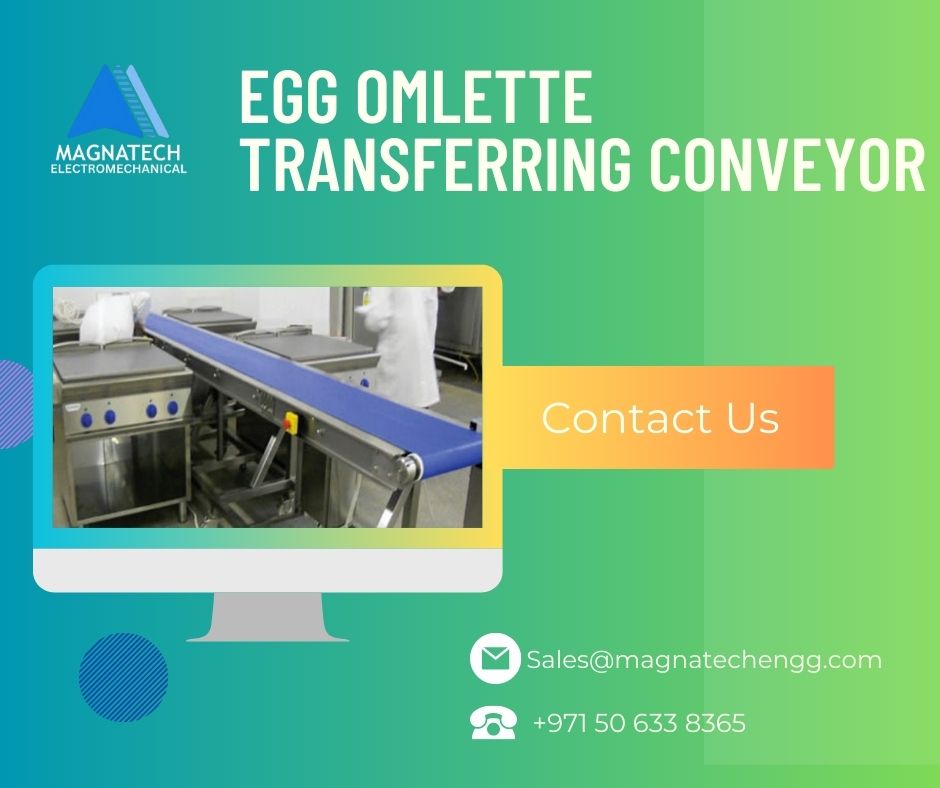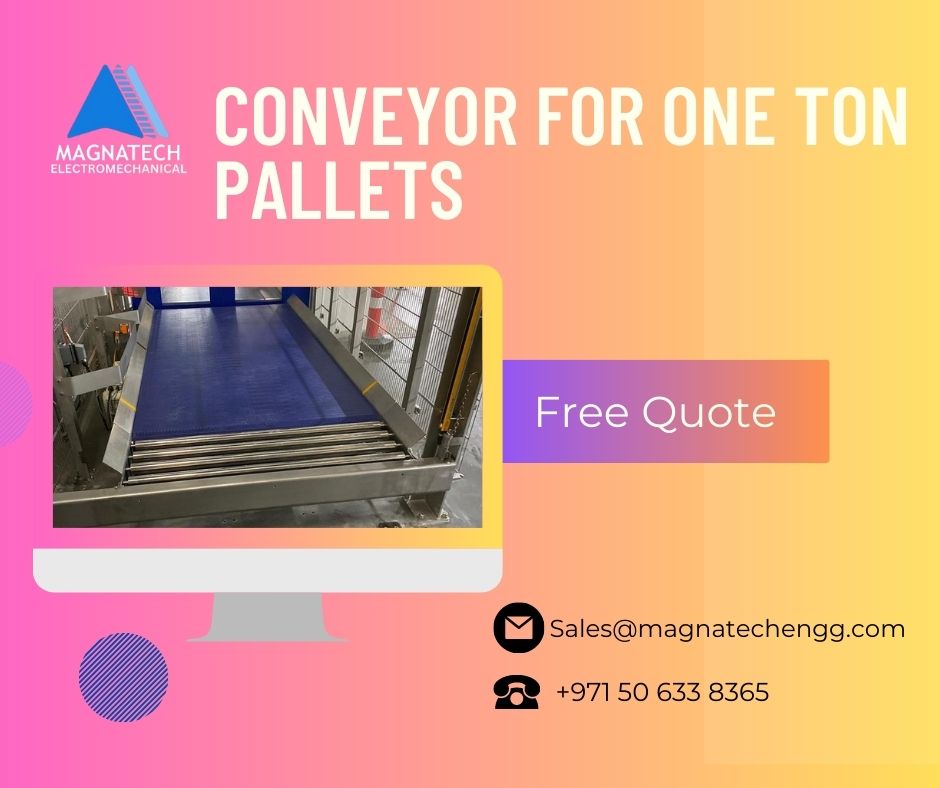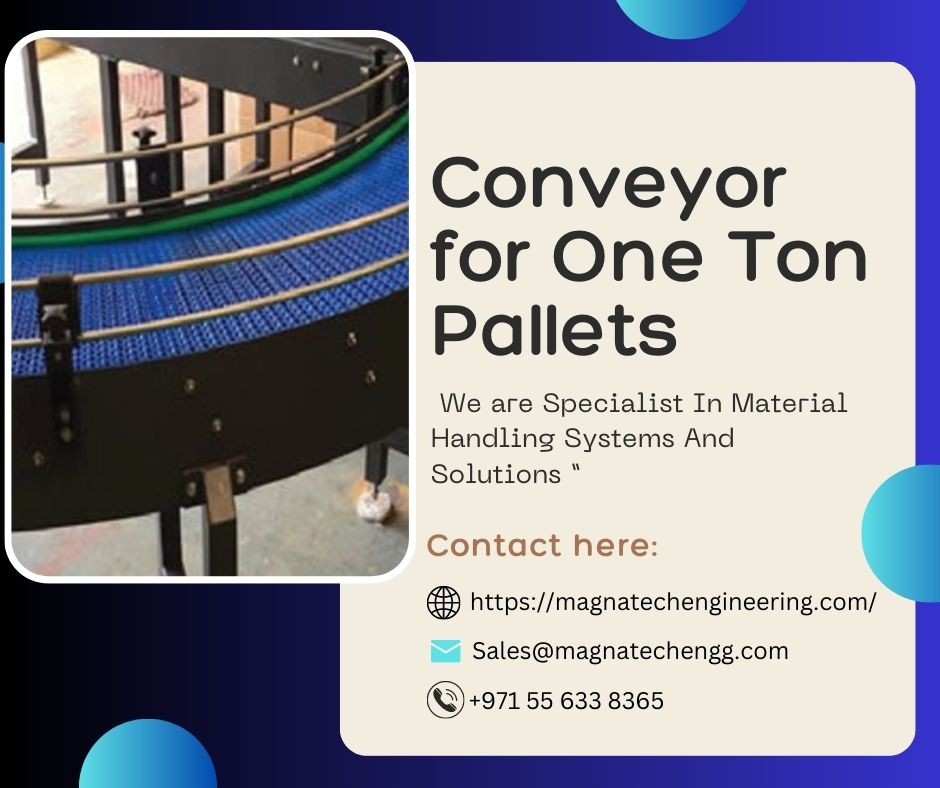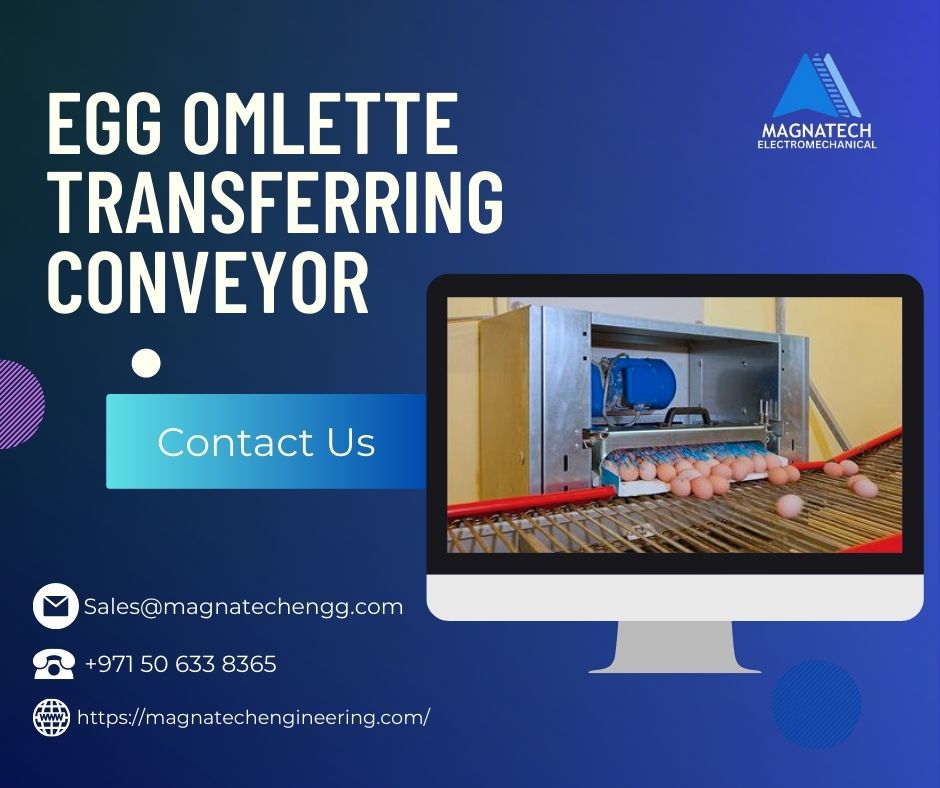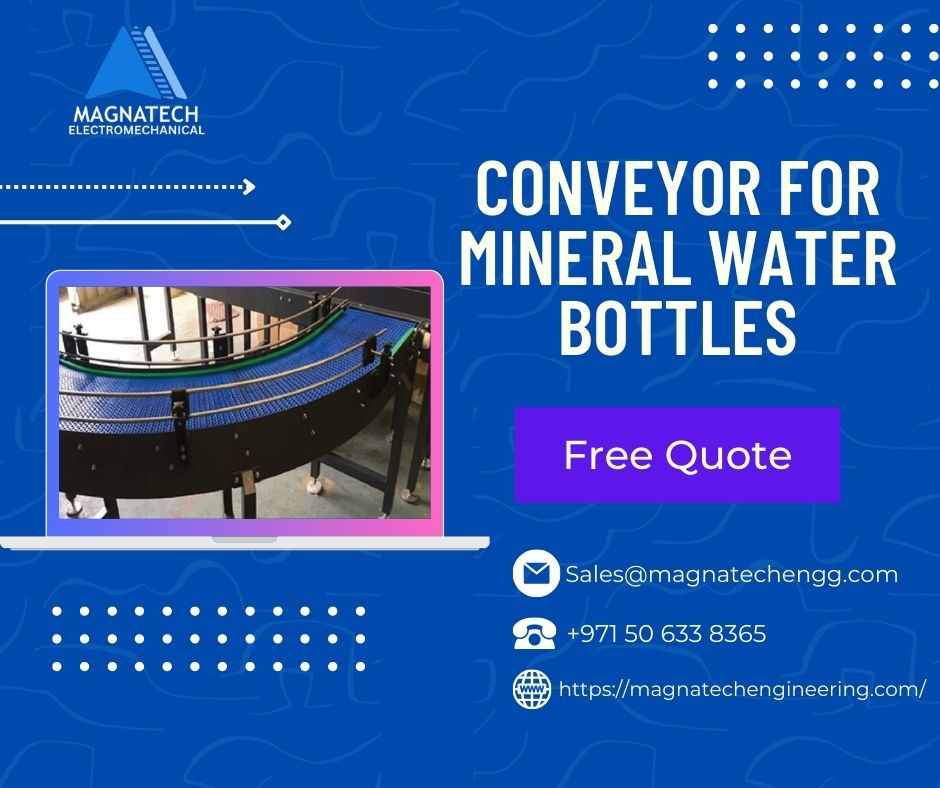Simple Conveyor Belt Design in 2023
Conveyor belts have become an integral part of modern industries, facilitating the transportation of goods and materials efficiently and reliably. In 2023, the design of conveyor belts has evolved to meet the increasing demands of various industries. This article explores the fundamental concepts and considerations involved in the design of a simple conveyor belt system.
Introduction to Conveyor Belts
Conveyor belts have come a long way since their inception. Dating back to the late 18th century, the first conveyor belts were used primarily in the mining industry. Over time, their applications expanded, and today, conveyor belts are indispensable in sectors such as manufacturing, logistics, agriculture, and more. These belts enable the automated movement of materials, increasing productivity and streamlining processes.
Components of a Conveyor Belt System
A conveyor belt system consists of several key components working together seamlessly. These include:
Belt
The belt is the heart of a conveyor belt system, responsible for carrying and transporting materials. It is typically made of durable materials such as rubber or PVC and is designed to withstand heavy loads, abrasion, and various environmental conditions.
Idlers
Idlers provide support and guidance to the belt, ensuring it maintains the proper alignment and tension. They are strategically placed along the conveyor’s length and reduce friction between the belt and the supporting structure.
Pulleys
Pulleys are responsible for driving the belt and keeping it in motion. They come in different sizes and designs, depending on the specific requirements of the conveyor system.
Motors
Motors power the pulleys, supplying the necessary torque to drive the belt. They can be electric or hydraulic, and their selection depends on factors such as power requirements and environmental conditions.
Control Systems
Modern conveyor belt systems are often equipped with advanced control systems that enable precise operation and automation. These systems monitor speed, load capacity, and other parameters, ensuring optimal performance and safety.
Basic Design Considerations for Conveyor Belts
Designing a conveyor belt system requires careful consideration of various factors to ensure its efficiency and effectiveness. Here are some basic design considerations:
Load Capacity and Belt Selection
The load capacity of a conveyor belt determines the strength and thickness of the belt required. It is essential to consider the weight and characteristics of the materials to be transported to choose an appropriate belt.
Belt Width and Speed
The width of the belt affects the carrying capacity and the ease of material loading and unloading. The speed of the belt should be selected to optimize the flow of materials without causing excessive wear or spillage.
Conveyor Length and Inclination
The length and inclination of the conveyor determine the power requirements and the type of conveyor system suitable for the application. Longer conveyors may require additional support structures and increased power for efficient operation.
Types of Conveyor Belt Systems
Conveyor belts come in various types, each with its own advantages and applications. Some common types include:
Flat Belt Conveyors
Flat belt conveyors are the most common type and feature a flat surface that carries materials from one point to another. They are versatile and suitable for a wide range of industries.
Roller Belt Conveyors
Roller belt conveyors utilize rollers to support the belt and facilitate smoother movement. They are commonly used in warehouses, distribution centers, and assembly lines.
Modular Belt Conveyors
Modular belt conveyors consist of individual interlocking modules that form a continuous belt. They are flexible, easy to maintain, and ideal for transporting items of various sizes and shapes.
Incline/Decline Belt Conveyors
Incline/decline belt conveyors are designed to transport materials vertically or at an inclined angle. They are used when elevation changes are necessary within a production or distribution facility.
Factors to Consider in Conveyor Belt Design
When designing a conveyor belt system, it is crucial to consider several factors to ensure optimal performance and safety. These factors include:
Material Characteristics
The characteristics of the materials being transported, such as size, weight, and composition, impact the design considerations. Abrasive or corrosive materials may require specific belt materials and protective coatings.
Environmental Factors
Environmental conditions, such as temperature, humidity, and exposure to dust or chemicals, can affect the performance and longevity of a conveyor belt system. Proper selection of materials and protective measures are necessary to withstand these conditions.
Safety Considerations
Safety should be a top priority when designing a conveyor belt system. The design should incorporate safety features such as emergency stop buttons, protective guards, and clear warning signs to prevent accidents and injuries.
Steps in Designing a Simple Conveyor Belt
Designing a simple conveyor belt system involves several steps to ensure its efficiency and functionality. Here is a step-by-step process to guide the design:
- Determine the requirements and constraints: Identify the specific needs and limitations of the application, including load capacity, material characteristics, and spatial constraints.
- Select the appropriate belt type: Based on the requirements and material characteristics, choose the type of belt that best suits the application, considering factors such as flexibility, durability, and maintenance requirements.
- Calculate the belt length and width: Determine the length and width of the belt based on the conveyor’s layout, load capacity, and material flow requirements.
- Choose the necessary components: Select the appropriate idlers, pulleys, and motors based on the belt type, load capacity, and power requirements.
- Design the supporting structure: Develop a robust supporting structure that ensures stability and proper alignment of the conveyor belt system. Consider factors such as load distribution and maintenance access.
- Consider safety features: Incorporate safety measures, such as emergency stop buttons, guards, and safety interlocks, to protect operators and prevent accidents.
Advantages and Applications of Simple Conveyor Belt Design
The design of a simple conveyor belt offers several advantages and finds applications in various industries. Some of the key benefits and applications include:
Increased Efficiency and Productivity
By automating material transportation, conveyor belts reduce manual handling and streamline processes, leading to increased efficiency and productivity. They enable continuous and reliable material flow, minimizing downtime and maximizing output.
Versatility in Various Industries
Conveyor belts are widely used in industries such as manufacturing, mining, agriculture, food processing, and logistics. They facilitate the movement of raw materials, finished products, and packages, enhancing overall operational efficiency.
Examples of Applications
- In manufacturing plants, conveyor belts transport components between different stages of production.
- In warehouses and distribution centers, conveyor belts efficiently move goods for sorting, packing, and shipping.
- In mining operations, conveyor belts transport ore and other materials from the extraction point to processing facilities.
Maintenance and Troubleshooting of Conveyor Belt Systems
To ensure the long-term performance of a conveyor belt system, proper maintenance and timely troubleshooting are essential. Consider the following maintenance practices:
- Regular inspection and cleaning of the belt, pulleys, and idlers to remove debris and prevent material buildup.
- Proper belt alignment and tensioning to prevent excessive wear and misalignment issues.
- Regular lubrication of moving parts and replacement of worn components to maintain optimal performance.
In case of troubleshooting issues, such as belt slippage, tracking problems, or abnormal noise, refer to the manufacturer’s guidelines or consult a professional to diagnose and resolve the problems promptly.
Future Trends in Conveyor Belt Design
The conveyor belt industry continues to evolve, adopting new technologies and addressing emerging needs. Here are some future trends in conveyor belt design:
Automation and Robotics Integration
Advancements in automation and robotics are driving the integration of conveyor belts with intelligent systems. This enables enhanced control, real-time monitoring, and adaptive material handling, improving overall efficiency and safety.
Enhanced Safety Features
The focus on safety in conveyor belt design is expected to grow further. New safety features, such as advanced sensors, interlocking systems, and artificial intelligence algorithms, will be incorporated to minimize risks and protect operators.
Sustainable and Eco-Friendly Designs
Conveyor belt manufacturers are increasingly considering sustainable materials and eco-friendly designs. This includes using recycled materials for belt production, energy-efficient motors, and implementing technologies to reduce energy consumption.
Conclusion
In conclusion, a simple conveyor belt design plays a vital role in various industries, enabling efficient and reliable material transportation. Understanding the fundamental components, design considerations, and maintenance practices is crucial to ensure optimal performance and safety. As conveyor belt technology continues to advance, embracing automation, safety enhancements, and sustainable practices will shape the future of this indispensable industry.
FAQs
- What is the average lifespan of a conveyor belt? Conveyor belt lifespan varies depending on factors such as material type, application, and maintenance. Generally, well-maintained belts can last several years, but it is recommended to monitor their condition regularly.
- How can I prevent material spillage on a conveyor belt? To prevent material spillage, ensure proper belt alignment, use skirt boards or side guards, and implement effective loading and transfer systems. Regular cleaning and maintenance also help reduce spillage.
- Are conveyor belts expensive to maintain? Conveyor belt maintenance costs vary depending on the system’s complexity and usage. Regular inspections, cleaning, and replacement of worn components are necessary but can be cost-effective in the long run.
- Can I customize the design of a conveyor belt? Yes, many conveyor belt manufacturers offer customization options to meet specific industry requirements. You can choose the belt type, width, length, and various components based on your application needs.
- What industries commonly use conveyor belt systems? Conveyor belts find applications in a wide range of industries, including manufacturing, mining, logistics, agriculture, food processing, pharmaceuticals, and many others. They are essential for efficient material handling and automation.
Email: sales@magnatechengg.com
Tel: +97143404243
Mobile: +971 50 633 8365


